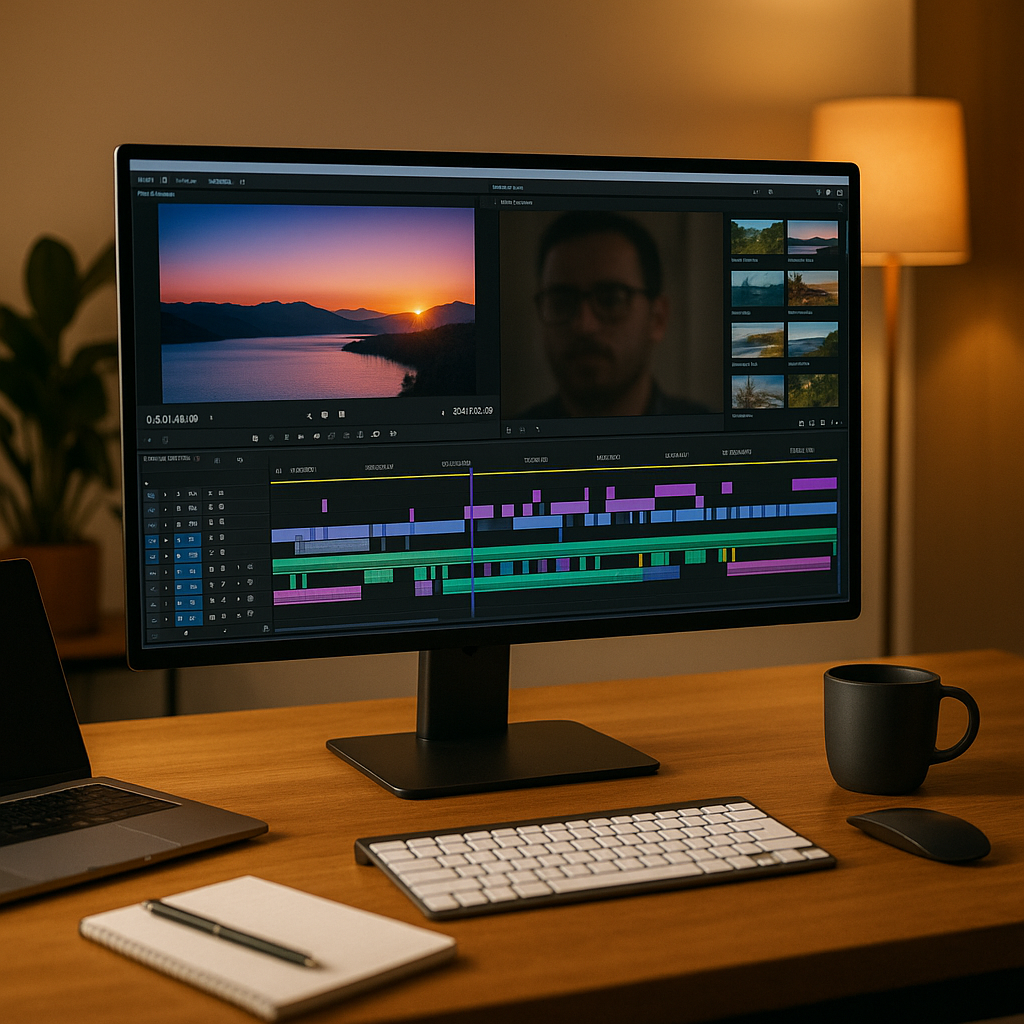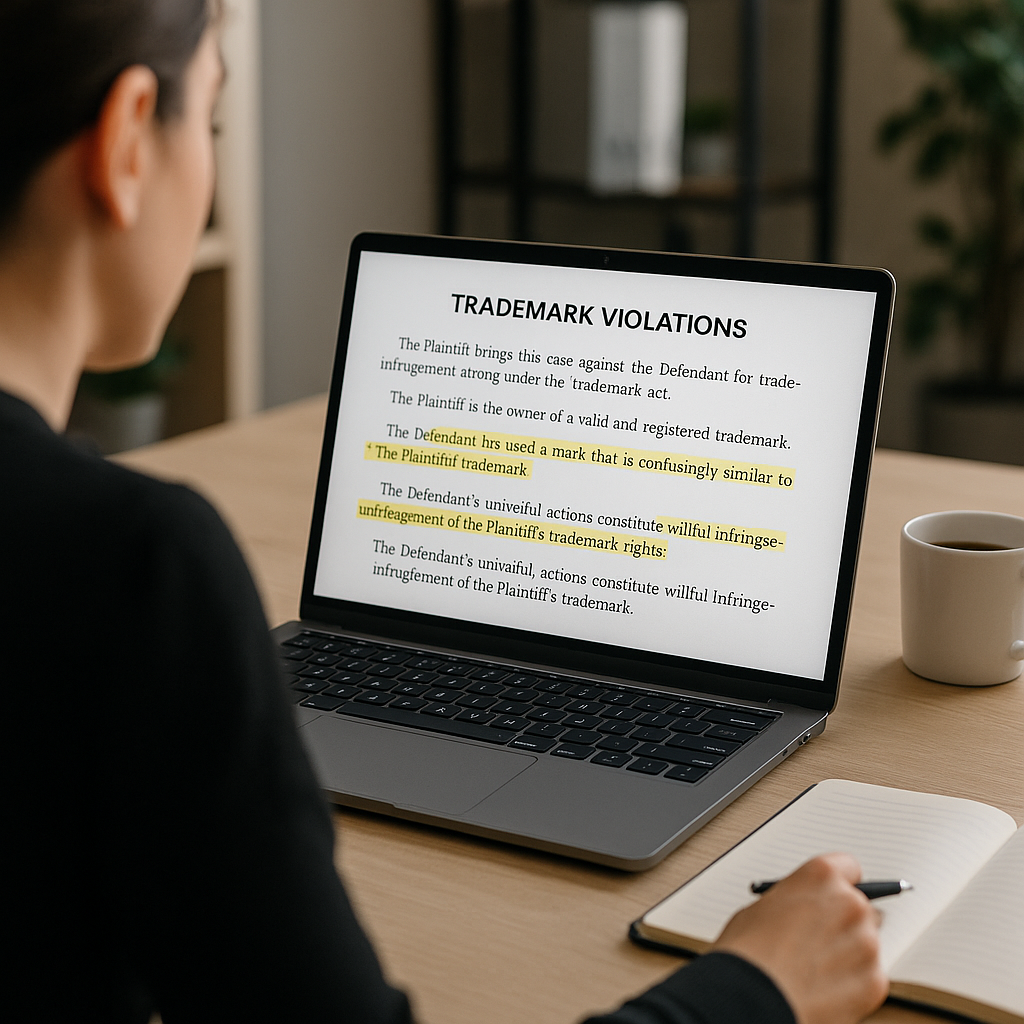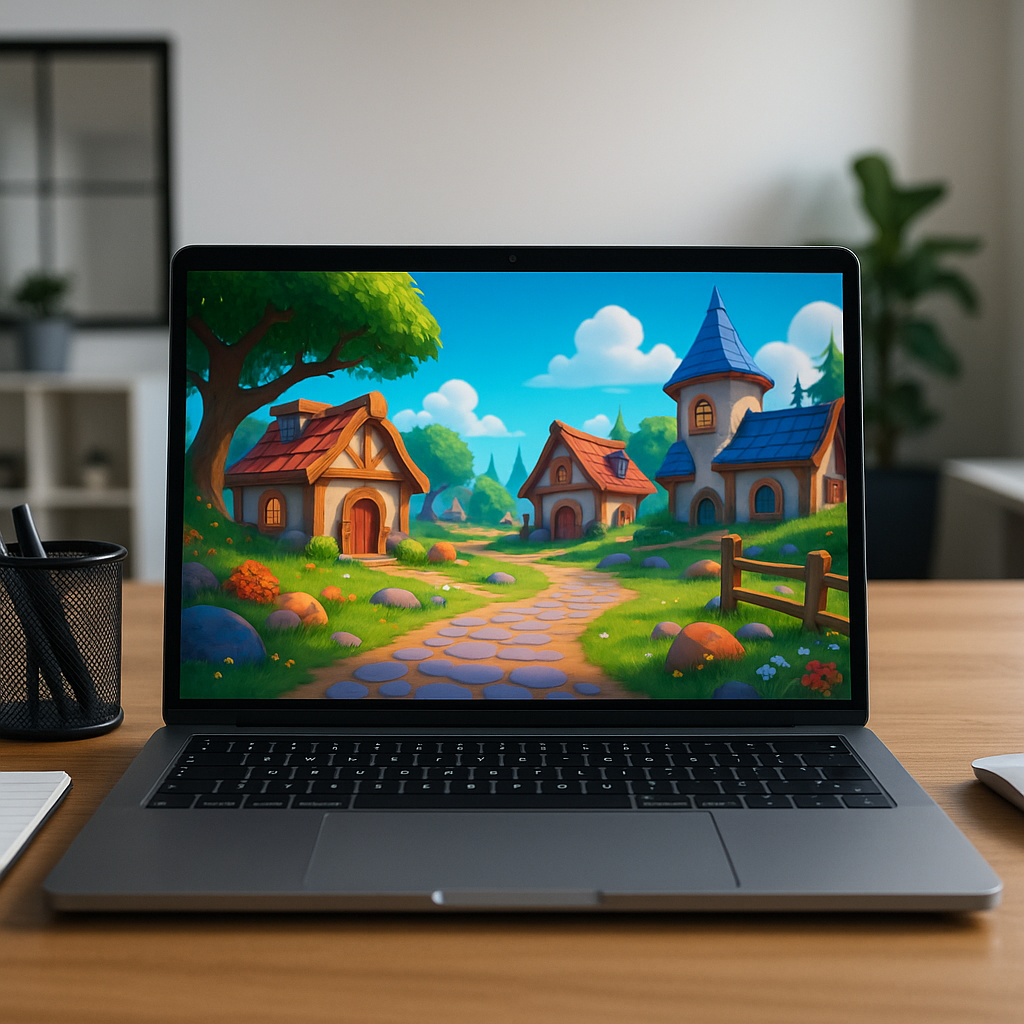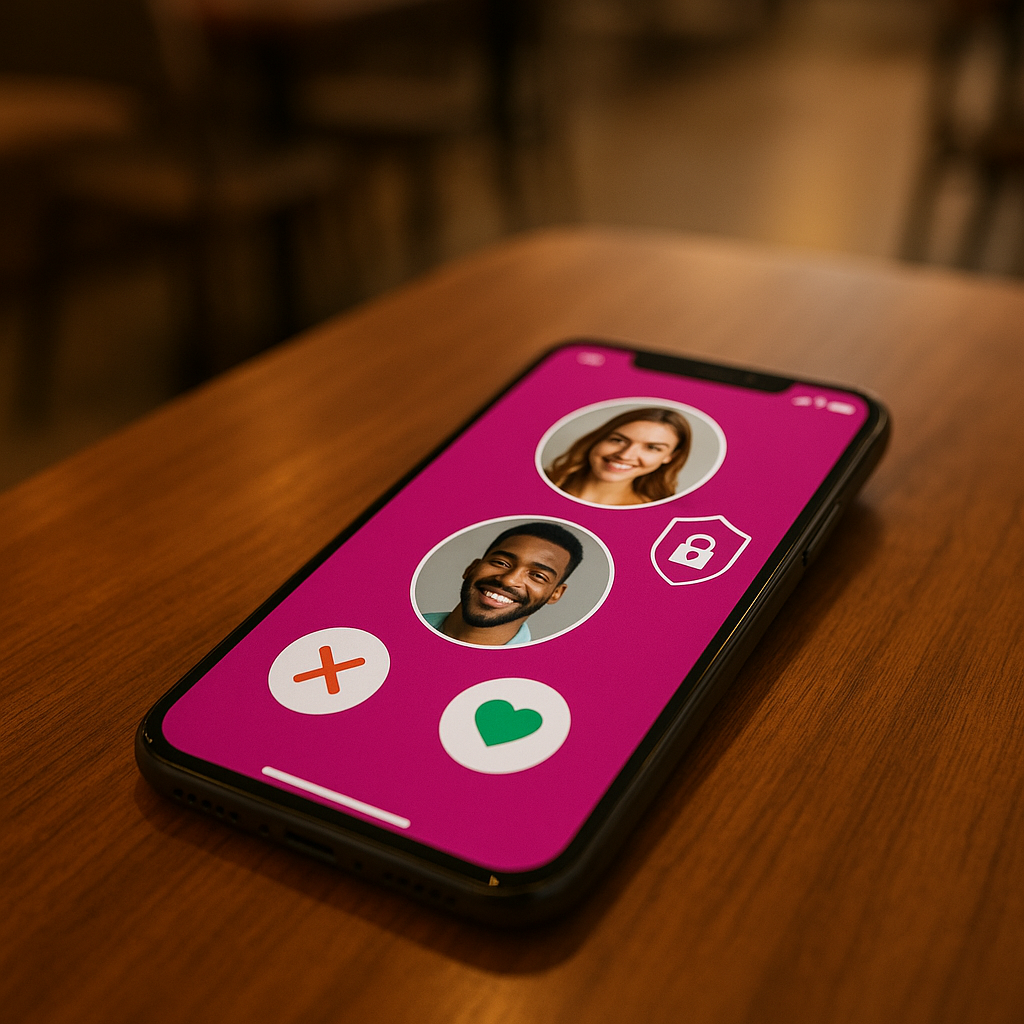# The Best Monitors for Every Budget in 2025: A Comprehensive Guide
As a business decision-maker or entrepreneur, choosing the right monitor can significantly impact your workflow, productivity, and even your earnings. In 2025, monitors are more than just screens; they are tools that will shape the way you work, play, and create. Whether you’re gaming, video editing, or handling everyday tasks, finding the perfect monitor can make all the difference.
With options ranging from compact displays tailored for light work to expansive widescreen panels perfect for multitasking, the array of choices can feel overwhelming. You might find yourself pondering factors like image clarity, comfort, and color accuracy. At **Best Choice**, we understand these dilemmas and are here to guide you through selecting a monitor that fits your needs and budget. Let’s dive into the essentials that will help you make an informed decision.
## Best Monitors for 2025
Before you make a purchase, it’s important to assess your specific requirements. In the current market, we see categories such as:
1. **Gaming Monitors**
2. **Professional Monitors for Creatives**
3. **General Office Monitors**
4. **Ultrawide and Curved Monitors**
5. **Portable Monitors**
Each of these categories focuses on different aspects of performance, helping you find the right model to enhance your day-to-day activities.
## Factors to Consider Before Buying a Monitor
### Panel Type
When selecting a monitor, the panel type is crucial.
– **TN (Twisted Nematic) panels** are generally the cheapest and suitable for basic office work and gaming.
– **VA (Vertical Alignment) monitors** offer better brightness and contrast at a similar price point.
– **IPS (In-Plane Switching) displays** provide superior color accuracy and viewing angles and are ideal for creative tasks.
If you’re looking for the best in terms of color reproduction and dynamic range, consider **OLED** displays or **QD-OLED** monitors that provide striking visuals and can reach high brightness levels. For high-end setups, **MiniLEDs** deliver exceptional contrast and performance in HDR content, making them great for video editing and creative work.
### Screen Size and Resolution
A monitor’s size and resolution can greatly affect your user experience.
– For typical office tasks, a **24-inch screen** may suffice, while larger screens like **27-inch** or **32-inch** are gaining popularity for entertainment and creative projects.
– If you’re considering high-resolution displays, aim for **4K** or higher, especially for designs and visual content. However, remember that larger screens must have the appropriate resolution to avoid pixelation.
Portable monitors are also a growing category. These compact screens usually feature a **1080p resolution** and are perfect for professionals on the go.
### Refresh Rate
For those involved in gaming or fast-paced onscreen activities, refresh rate plays an essential role. A minimum of **60Hz** is recommended, with **120Hz** becoming standard in many gaming monitors. For the best experience, particularly with high-resolution machines, opt for monitors that support **HDMI 2.1** or **DisplayPort 1.4**.
### Inputs and Connectivity
Consider the types of ports your monitor supports. Common inputs include **HDMI**, **DisplayPort**, and **Thunderbolt**. If integrating multiple devices, you may require adapters, especially if using USB-C.
### Color Bit Depth and Gamut
For professionals dealing with image editing, opting for a **10-bit monitor** that can display billions of colors may be worth the additional investment. The color gamut defines the monitor’s ability to reproduce colors, with most good monitors covering the **sRGB** and **Rec.709** ranges. For specialized work, expand to **AdobeRGB** or **DCI-P3** for a wider spectrum.
## Monitor FAQs
### Is OLED better than Mini-LED for monitors?
OLED panels typically offer superior contrast ratios, faster response times, and true blacks without “blooming.” However, Mini-LED monitors generally provide higher brightness levels, making them more suitable for HDR content without the risk of burn-in.
### What size monitor is best for a home office?
For most general tasks, a **27-32 inch** display would work best. If you often juggle multiple windows and applications, consider even larger sizes, such as **37-42 inches**.
### Are curved monitors worth it for gaming?
Curved monitors enhance immersion and allow quicker navigation across large screens without moving your head. However, they occupy more desk space and can be pricier compared to their flat counterparts.
## Conclusion
Choosing the right monitor in 2025 involves considering a myriad of factors, including your specific needs, workspace limitations, and budget. From enhancing productivity in a cafe or warehouse to enabling gripping game play in an online store or clinic, the right monitor can significantly amplify your efficiency and enjoyment.
If you’re uncertain about which monitor will best suit your requirements, feel free to reach out to us at [Best Choice](http://web.best-choice.dk). We are dedicated to offering tailored IT solutions that help your business thrive. Whether it’s selecting the right technology or integrating your existing tools, we are here to help you make informed decisions. Let’s elevate your business together!





